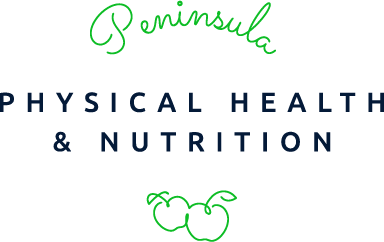How to read a nutrition label
Trust me, you’re not the only one that finds going to the supermarket tricky!
With the abundance of products on the market, trying to decipher the healthier options can be extremely confusing.
Being a dietitian, I could spend hours in the supermarket reading labels, but I appreciate that not everybody wants to spend long periods of time trying to comprehend what each product contains, how to use them and whether they are healthy or not.
To make it easier for you, I have put together a label reading guide with some tips and tricks to hopefully make your next shopping experience less stressful and more efficient!
The Nutrition Information Panel (NIP)
Looks like: A table, consisting of 3 columns.
Use: Tells us the amounts of nutrients in the product per serve and per 100g.
Location: Commonly the back or side, but may be found on the bottom of the product.
What you’ll find:
Number of serves: How many serves are in that product.
Serving size: The amount of grams in each serve.
Per serve column: The amount of energy and specific nutrients in each serve.
Per 100g column: The amount of energy and specific nutrients per 100g. Useful to use when comparing different products within similar foods groups to determine which is a healthier option.
Energy: The amount of calories/kilojoules in the food. 1 calorie = 4.2kJ.
Total fat: Choose foods with less than 10g of fat per 100g. For milk, yoghurt and ice-cream, choose foods with less than 2g of fat per 100g, and for cheese, choose options with less than 15g of fat per 100g.
Saturated fat: (The lower the better) Generally choose foods with less than 3g per 100g.
Sugar: Aim for less than 15g per 100g.
Fibre: Not all labels include fibre; however, if choosing breads and cereals, aim for more than 3g per serve.
Sodium: Aim for less than 400mg per 100g; however, less than 120mg per 100g is best.
The Ingredients List
Looks like: A small list of ingredients.
Use: Informs us about what is in the product.
Location: Generally under the NIP.
Ingredients are listed in order of weight. For example, the first ingredient listed is what majority of that product consists of.
Tip: Aim to avoid products in which saturated fat, salt or sugar are listed in the first three ingredients. Do not be fooled by alternative names for fat, salt or sugar. Companies and marketers can be very tricky and perceive you into thinking a product is healthier than it actually is!
The Health Star Rating (HSR)
Looks like: 5 Stars in a dome.
Use: To provide at a glance, convenient and readily understood ratings on the healthiness of a particular product. The more full stars = the more nutritious the product. Based on the energy, fat, sugar and salt in foods.
Location: Front of pack.
Pros of the HSR:
– Helps you make more positive choices about the foods you choose to buy.
– An easy way to compare products in similar food groups to determine which is best.
Cons of the HSR:
– Not a mandatory initiative, therefore not all products will have it. If a company is aware their star will be low, they will choose not to include it.
– Does not help you identify other key nutritional information such as the vitamin and mineral content, fibre content or the glycaemic index of the food.
We hope this guide has been useful for you, and comes in handy when you are next at the supermarket! For further information on label reading, consult with one of our PPN dietitians.





